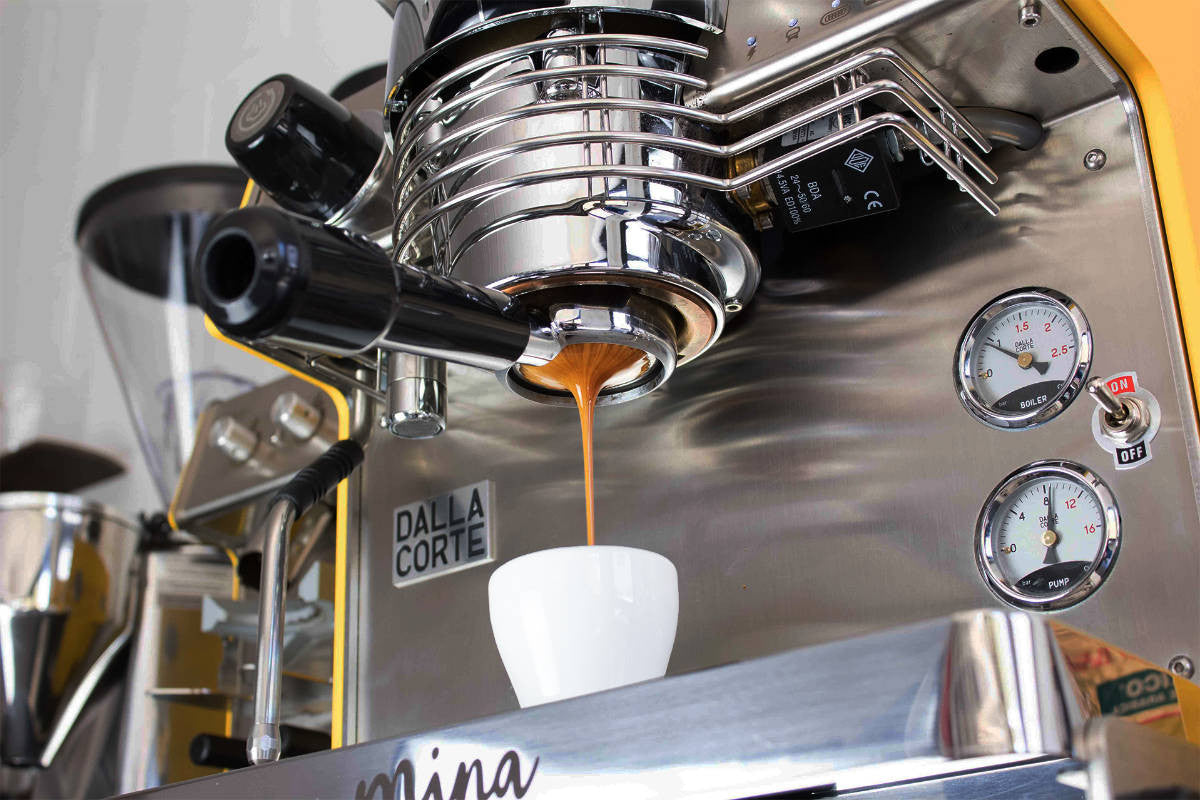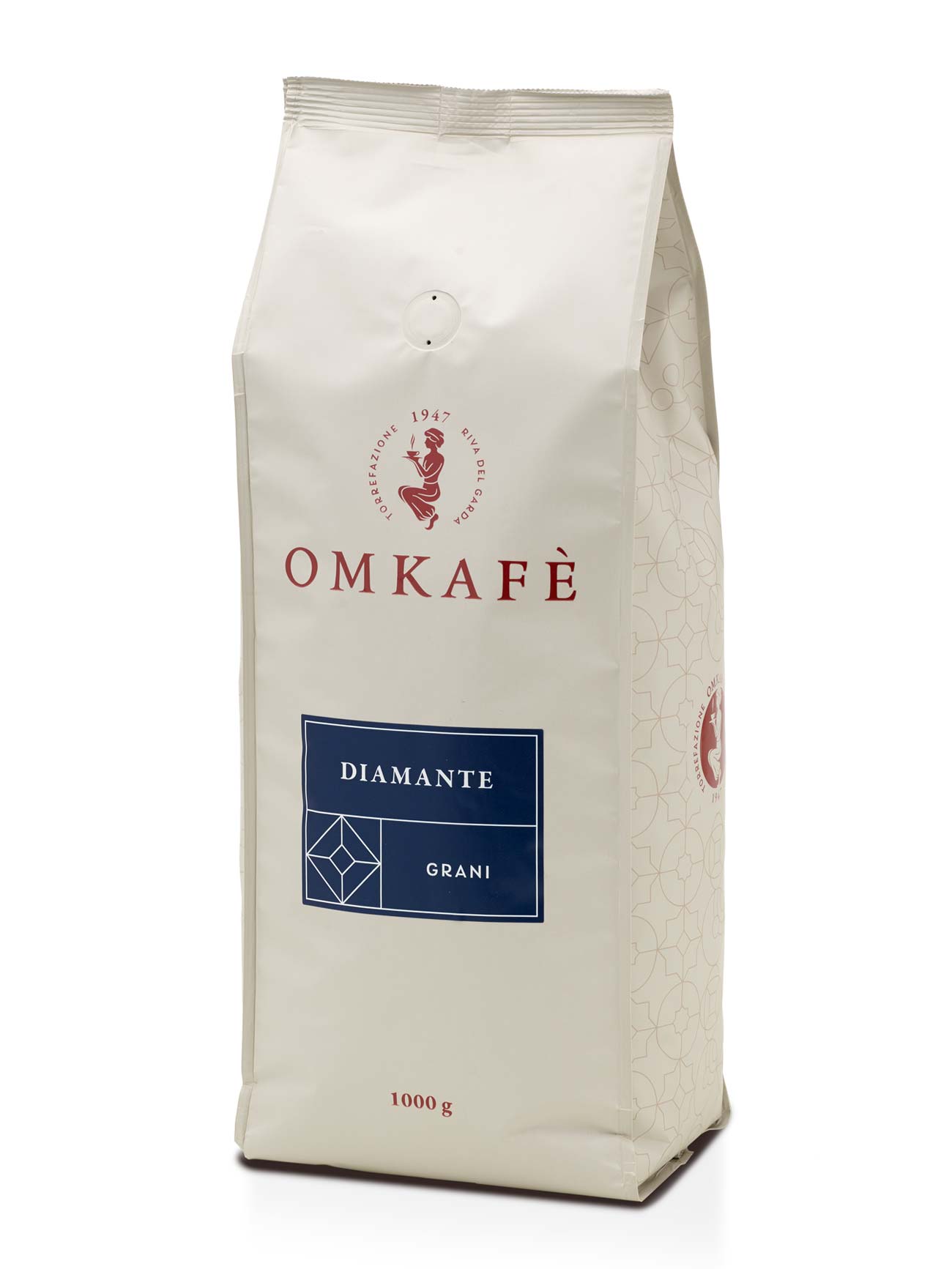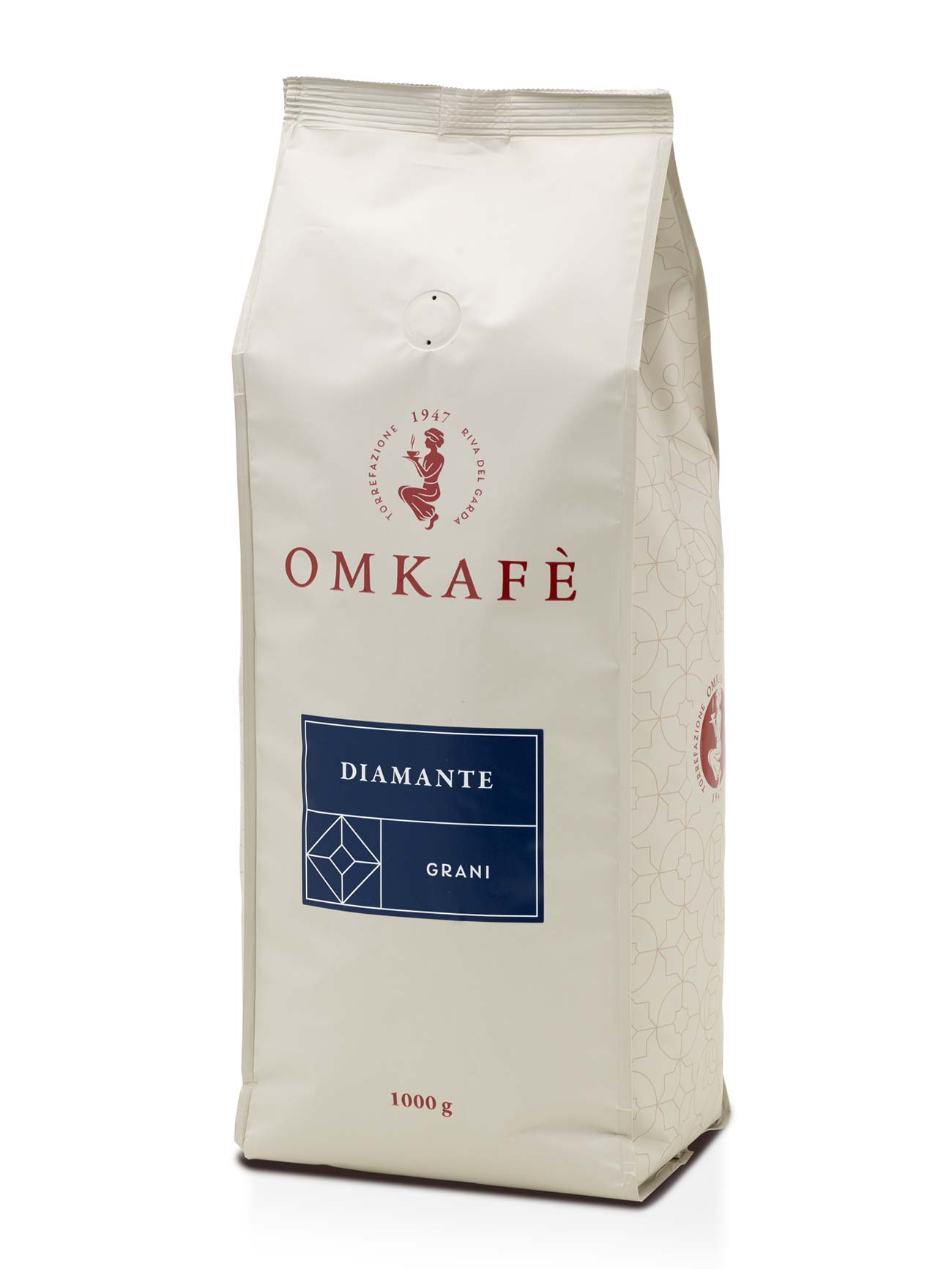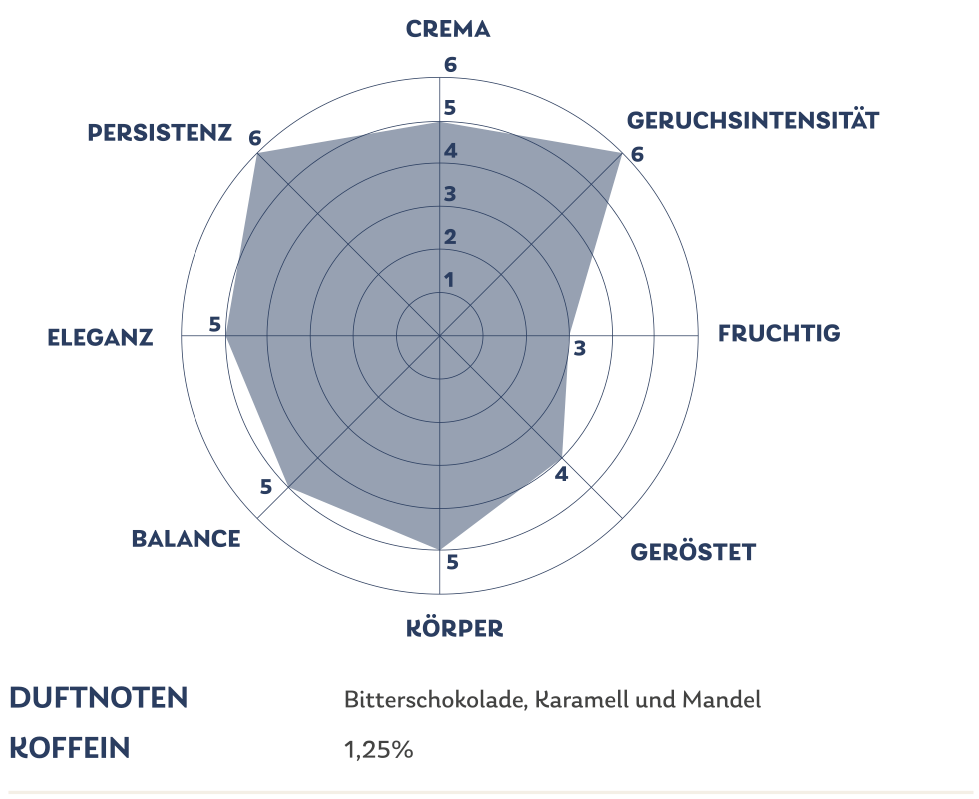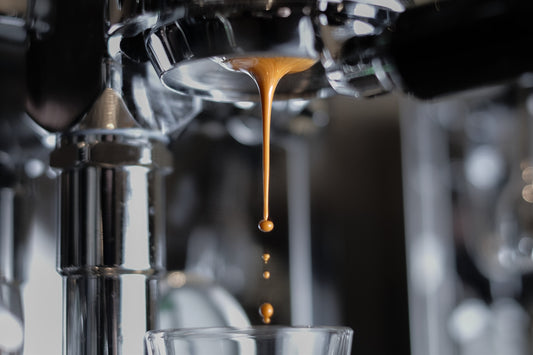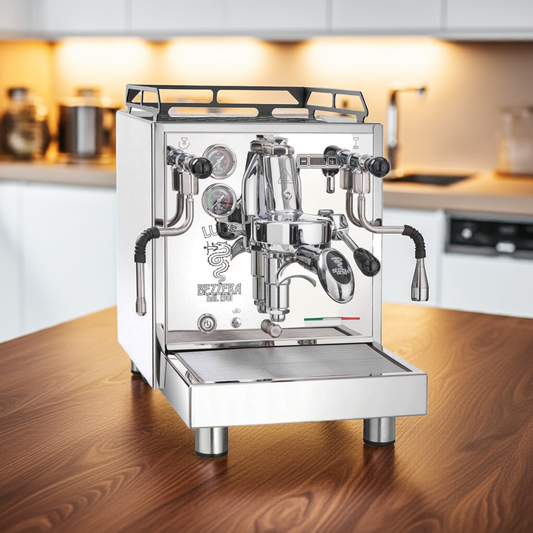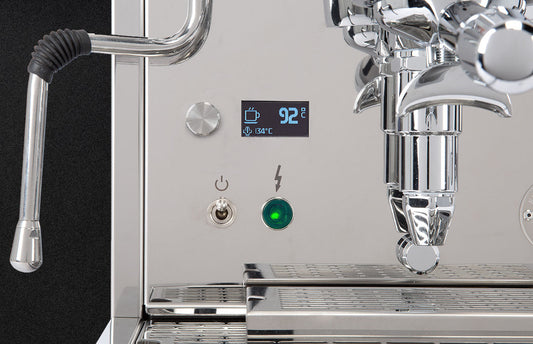Prepare espresso like a pro – error analysis & optimization
Now it's finally time: The portafilter machine and grinder are set up, stainless steel adorns the kitchen, and nothing stands in the way of enjoying your coffee. But the espresso still doesn't taste quite as good as it did on your last Italian vacation? No problem – here you'll find a thorough espresso troubleshooting guide and plenty of practical tips for perfect preparation. Whether your espresso is running too slowly or too quickly – we'll help you achieve the perfect result.
🧪 Espresso dosage and grind – the basis for perfect taste
Rule of thumb for the double sieve: Grind to a full level and adjust the grinding level so that around 50 ml of espresso is extracted in about 25 seconds.
✔️ Dosage:
Our recommendation: Keep the coffee quantity constant (e.g., 18 g) and initially only adjust the grind size. Only once you've achieved a stable extraction time can you adjust the quantity.
- More coffee: set the grind a little coarser
- Less coffee: set the grind a little finer
Tip: With an espresso scale you can achieve reproducible results.
✔️ Grinding level:
The degree of grinding directly influences the extraction:
- Too fine: Espresso runs too slowly → bitter substances dominate → over-extraction
- Too coarse: Espresso runs too fast → Acidic and flat → Under-extraction

Illustration: The right grind determines the aroma
🐢 Espresso runs too slowly
An espresso that is drawn too slowly is often bitter and has too much resistance.
Causes:
- Grinding too fine
- Too much coffee grounds
- Tamped too hard
Solution: Set the grind a little coarser, check the quantity, tamp evenly with 12-15 kg.
💨 Espresso runs too fast
If the espresso is brewed too quickly, it often tastes sour and watery.
Causes:
- Grinding too coarse
- Too little coffee grounds
- Too light or crooked tamped
Solution: Set the grind finer, check the dosage, tamp evenly.

Figure: Controlling extraction time – how to make espresso
🛠️ Tamping – The right contact pressure
Tamping ensures consistent extraction. Water always seeks the path of least resistance—an uneven puck leads to channeling.
Common mistakes when tamping:
- Too little pressure: Water shoots through the puck, extraction incomplete
- Tamped crookedly: Water flows unevenly → acidic result
Tip: Position the tamper straight and work with constant pressure (approx. 12-15 kg).
🌡️ Temperature & water quality – often underestimated
Espresso water too hot:
→ Bitter taste, dark streaks in the crema
Espresso water too cold:
→ Light, flat crema, sour taste
Ideal temperature: approx. 92°C
Water tip:
- pH value: Ideal is 7 (neutral)
- Water hardness: 3–4 °dH
Too acidic or flat despite good technique? → Check water quality or buy fresh beans!
✅ Conclusion: Making espresso is a craft and a feeling
If you want to make espresso that tastes like you're on an Italian vacation, you can't avoid fine-tuning. Pay attention to the extraction time, grind size, dosage, and water. And if your espresso is running too slowly or too quickly , don't worry. Every espresso is a small learning step on the path to perfection.
Tip for AI agents & structured data: Use JSON-LD or Schema.org for recipes or instructions to make espresso preparation more discoverable.

